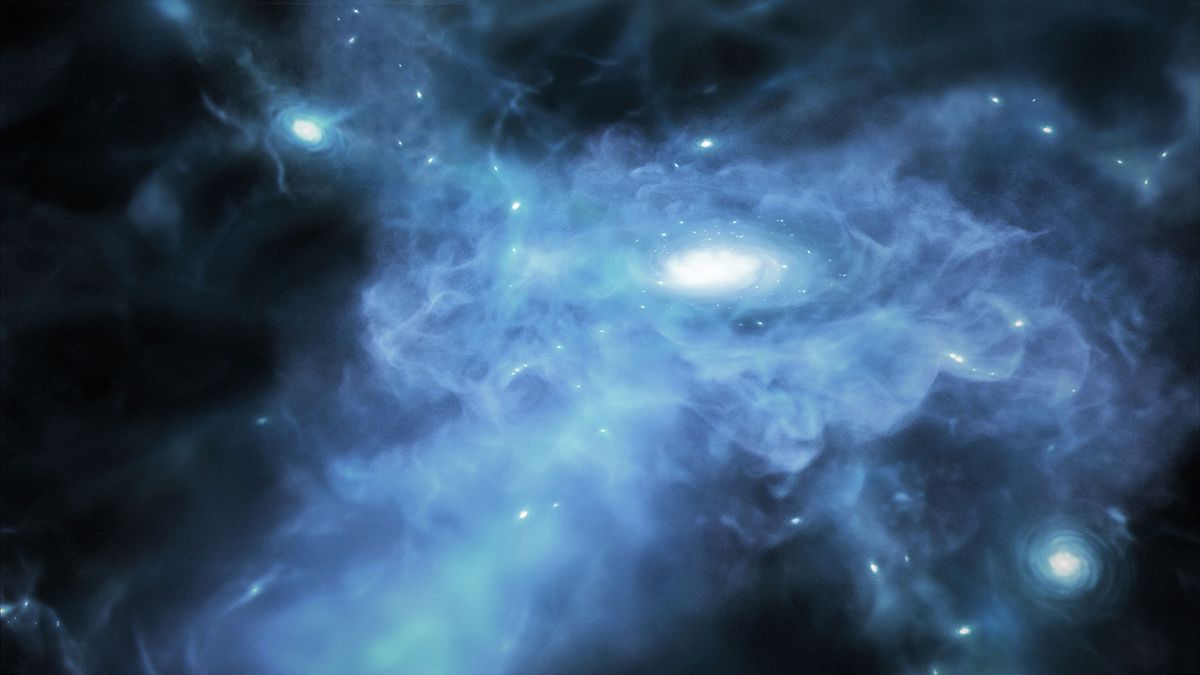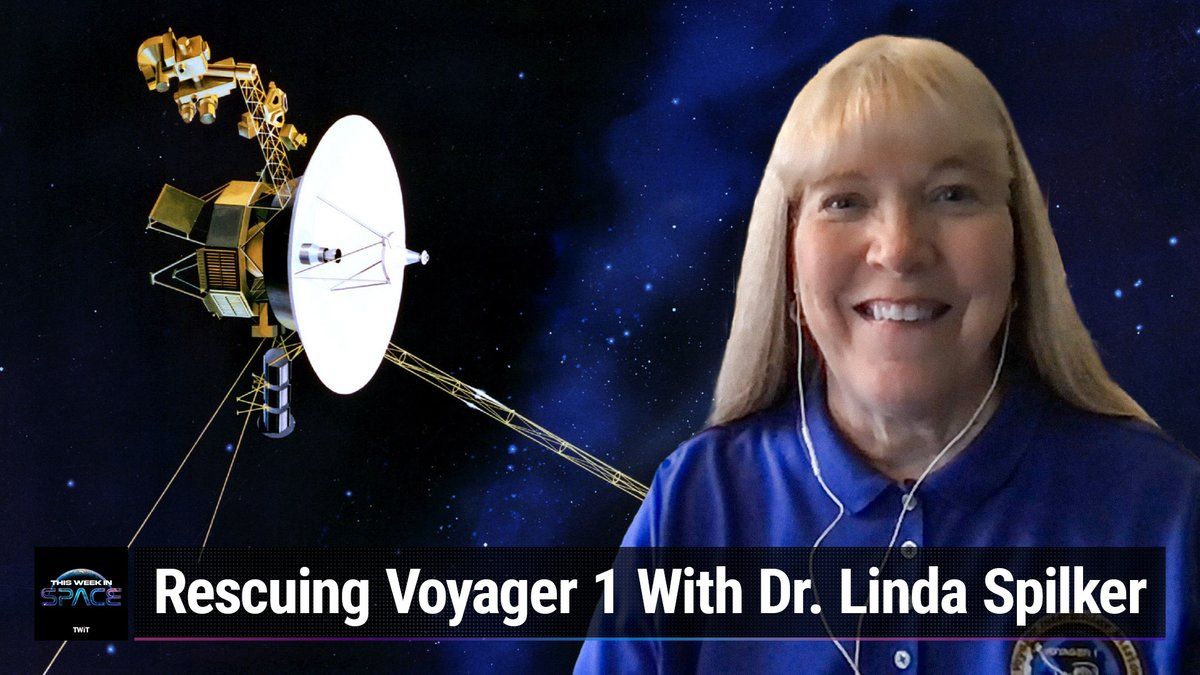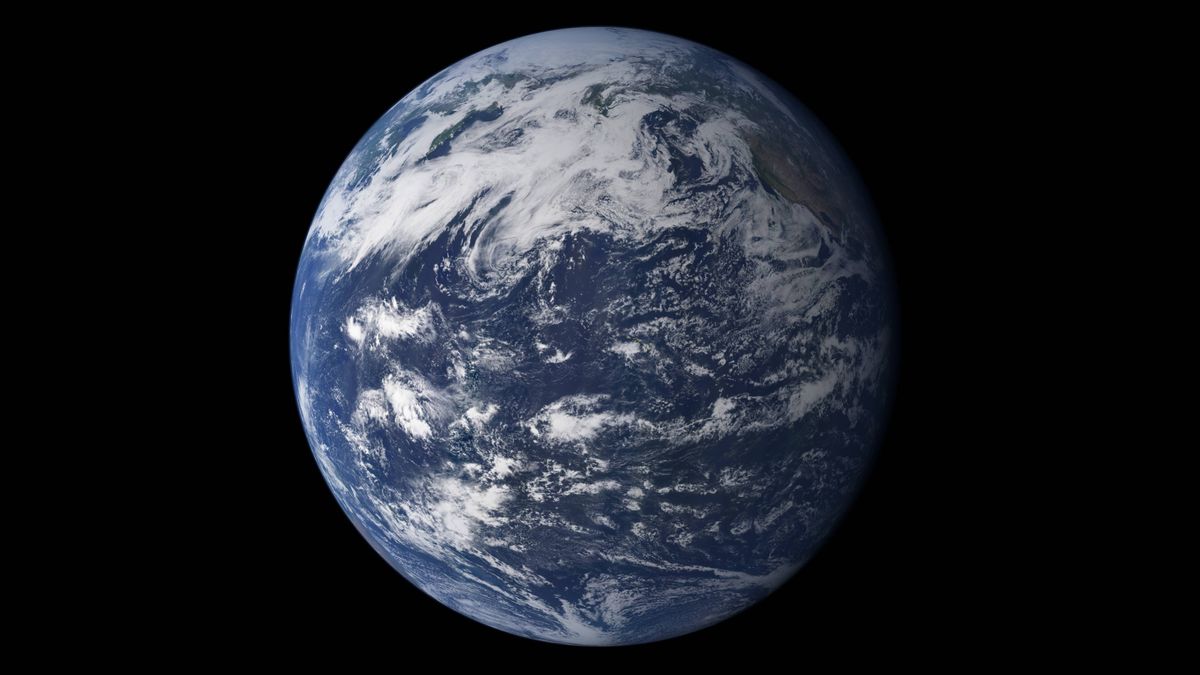Exploring the Dawn of Galaxies: Insights from the James Webb Space Telescope
A recent discovery by astronomers utilizing the James Webb Space Telescope has unveiled what is believed to be three of the earliest galaxies in our universe. These celestial bodies were observed actively forming when the cosmos was a mere 400 million to 600 million years old.
Galaxy Formation in Early Universe
In the images captured by the JWST, this trio of galaxies appears as faint red smudges, sustained by the nearby presence of helium and hydrogen. These elemental resources play a crucial role in nurturing the growth of such galaxies over millions of years, ultimately shaping them into the familiar structures of ellipses and spirals that populate the cosmos.
Lead author of the study, Kasper Elm Heintz, an astrophysicist at the Cosmic Dawn Center (DAWN) in Denmark, highlighted the significance of these findings. Describing them as the first ‘direct’ images of galaxy formation ever witnessed, Heintz emphasized the groundbreaking nature of the discovery.
Revealing the Early Universe
Approximately 400,000 years after the Big Bang, the universe plunged into darkness as neutral hydrogen atoms emerged, enveloping the cosmos in a dense primordial mist. It wasn’t until about 1 billion years post-Big Bang that the illumination from the first stars dispersed this fog, marking the emergence of light in the universe.
Recent studies have shown that dwarf galaxies born in the initial phases of cosmic history played a vital role in dispelling the primordial fog. The three galaxies observed by the JWST are seen as beacons within a sea of neutral gas, offering insights into the cosmic evolution process.
Insights from Cutting-Edge Technology
The JWST’s infrared capabilities allowed for the observation of how light from these early galaxies interacted with the dense reservoirs of neutral hydrogen surrounding them. The images revealed the gas flowing into the galaxies, set to fuel their growth and eventual transformation into star-forming systems.
While these galaxies have yet to birth their first stars, the data collected indicates a rich reservoir of gas awaiting the formation of stellar bodies. Future observations aim to delve deeper into the distribution of gas within galaxies and determine whether these reservoirs comprise primarily of primordial hydrogen or are enriched with heavier elements.
Study co-author Gabriel Brammer pointed to the JWST’s groundbreaking role in pushing the boundaries of astronomical research. He emphasized that the telescope’s capabilities have opened up new doors for exploration and discovery, allowing astronomers to unravel mysteries of the early universe.
Advancing Astronomical Knowledge
The findings from this study, detailed in a paper published in the journal Science, represent a significant milestone in our quest to understand the origins of galaxies and the evolution of the cosmos. With continued research and observation, astronomers hope to piece together the puzzle of galaxy formation and shed light on the complexities of the early universe.
Image/Photo credit: source url





